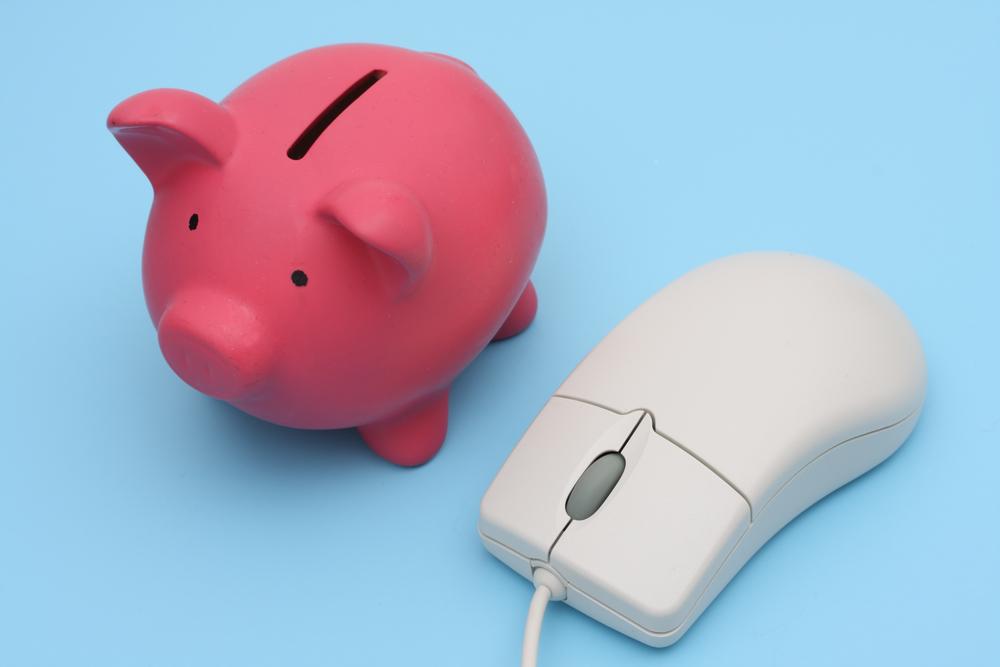Know About The Risks Of Online Banking
Online banking can be extremely efficient and convenient. For the most part, it is safe but identity theft is a very real threat. Millions of citizens fall victim to credit card fraud where their financial information are leaked through other means. Online transactions may lead to your financial information being stolen but online banking is still fairly safe with banks developing a robust and secure infrastructure to minimize threats. These include website encryption, anti-virus protection on their computers and fraud monitoring at their end. Encryption normally scrambles data so only you can access the given information that’s intended for you.

While financial scams and data leaks do occur, fraudsters prefer to attack consumers directly. The recent Equifax scandal that took place in 2017 where Social Security numbers and other information like birth dates and addresses were stolen by hackers is one prime example. Now, you as a consumer can do little to prevent large-scale data breaches so it would be good to be vigilant at your end. Be on the lookout for some of these tell-tale signs.
- Fraudsters use phishing scams where they send emails impersonating bank officials and ask for sensitive information from unsuspecting clients.
- Some emails ask for bank passwords or social security numbers.
You might also like : 7 Grave ATM Mistakes That You Must Avoid Overseas
Let us now learn about some steps you can take to protect yourself from such online frauds.
- Ensure your antivirus software is up to date
Make sure your antivirus software is always up to date and hasn’t expired. This will help your device keep up with the latest threats and warn you if any possible dangers or threats attack your device. - Keep changing your password at regular intervals
You can also opt to change your passwords every couple of months and use symbols, uppercase, and lowercase letters so that it can’t be cracked easily. - Don’t use public Wi-Fi
Avoid using public Wi-Fi when you’re banking online or making transactions online as somebody may be snooping. At other times, people create a Wi-Fi hotspot name similar to the bar or cafe that you’re in and you may unwittingly share details over an unsecured channel. - Look for https in the address bar
Hypertext Transfer Protocol Secure adds an extra layer of security to protect data. Pay close attention to a symbol of a lock and key on the address bar of your browser.
Other steps like banking with an institution known for its security or using text alerts can make all the difference in the world. Try to log out when you’re done. Always remember that technology is a boon that has made banking secure and convenient so you as a responsible consumer should always be alert and act responsibly.
Keep yourself updated with the latest on Banking . Like us on Facebook and follow us on Twitter for more on Investments.

